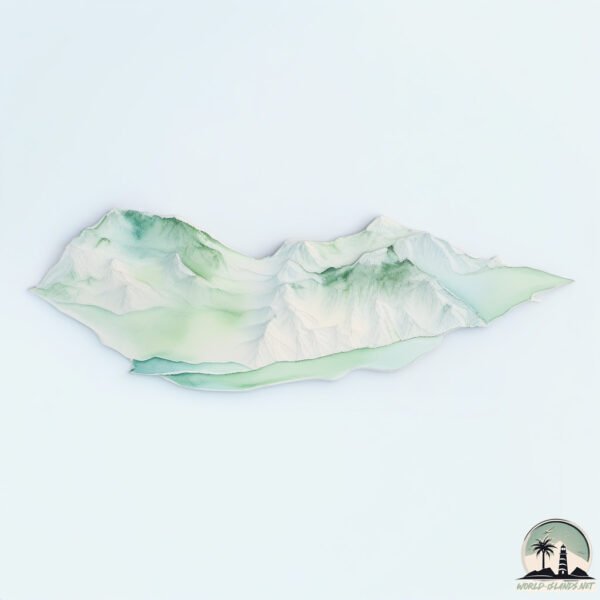Welcome to Socotra , a Dry island in the Arabian Sea, part of the majestic Indian Ocean. This guide offers a comprehensive overview of what makes Socotra unique – from its geography and climate to its population, infrastructure, and beyond. Dive into the details:
Geography and size of Socotra
Size: 3619 km²Coastline: 334 kmOcean: Indian OceanSea: Arabian SeaContinent: Asia
Socotra is a Very Large Island spanning 3619 km² with a coastline of 334 km.
Archipel: Socotra Archipelago – Located off the coast of Yemen, these islands are famous for their alien-like landscapes and unique biodiversity.
Tectonic Plate: Somalia – A large tectonic plate covering the Horn of Africa and parts of the Indian Ocean, known for the East African Rift where it’s splitting away from the African Plate.
The geographic heart of the island is pinpointed at these coordinates:
Climate and weather of Socotra
Climate Zone: DryClimate Details: Hot Deserts ClimateTemperature: Hot
Climate Characteristics: Dominated by extremely hot temperatures, this climate is marked by minimal rainfall and barren landscapes. Nights often experience drastic temperature drops.
Topography and nature of Socotra
Timezone: UTC+03:00Timezone places: Asia/RiyadhMax. Elevation: 1505 m HajhirMean Elevation: 314 mVegetation: ShrublandTree Coverage: 5%
The mean elevation is 314 m. Dominating the island’s landscape, the majestic “Hajhir” rises as the highest peak, soaring to impressive heights. The island is characterized by Mountains: High, steeply elevated landforms. Characterized by both a high maximum elevation (over 500 meters) and a high mean elevation, creating rugged, mountainous terrains on islands.
Dominating Vegetation: Shrubland
Vegetation: 13 vegetation zones – Exceptionally Diverse Island
Infrastructure and Travelling to Socotra
Does the island have a public airport? yes .
Does the island have a major port? no .
The mean population of Socotra is 18 per km². Socotra is Gently Populated. The island belongs to Yemen .
The name of the island resonates across different cultures and languages. Here is how it is known around the world: Arabic: سقطرى; German: Sokotra; Spanish: Socotra; French: Socotra; Portuguese: Socotorá; Russian: Сокотра; Chinese: 索科特拉岛
Continuing your journey, Jazīrat Samḩah is the next notable island, situated merely km away.
The Alien Beauty of Socotra Island
The remote island of Socotra looks like a landscape out of a sci-fi film. Over millions of years, the isolated island in the Arabian ...
The Alien Beauty of Socotra Island
The remote island of Socotra looks like a landscape out of a sci-fi ...
The remote island of Socotra looks like a landscape out of a sci-fi film. Over millions of years, the isolated island in the Arabian ...
Socotra - The treasure island between Yemen and Somalia | DW Documentary
The tiny, picturesque island is not typical of the area. It is part of ...
The tiny, picturesque island is not typical of the area. It is part of Yemen, but far away from the civil war. Even many people well ...
Socotra - The WORLD'S most Mysterious Island
(Yemen)
Socotra, Yemen a mysterious island island off the Horn of Africa, ...
Socotra, Yemen a mysterious island island off the Horn of Africa, nicknamed the Most alien place on earth where over half the ...
Yemen is classified as Least developed region: Countries that exhibit the lowest indicators of socioeconomic development, with the lowest Human Development Index ratings. The level of income is Lower middle income.
News – Latest Updates and Headlines from Socotra
Stay informed with the most recent news and important headlines from Socotra. Here’s a roundup of the latest developments.
Loading...
Social Media Posts about Socotra
Loading...
Please note: The data used here has been primarily extracted from satellite readings. Deviations from exact values may occur, particularly regarding the height of elevations and population density. Land area and coastline measurements refer to average values at mean high tide.

